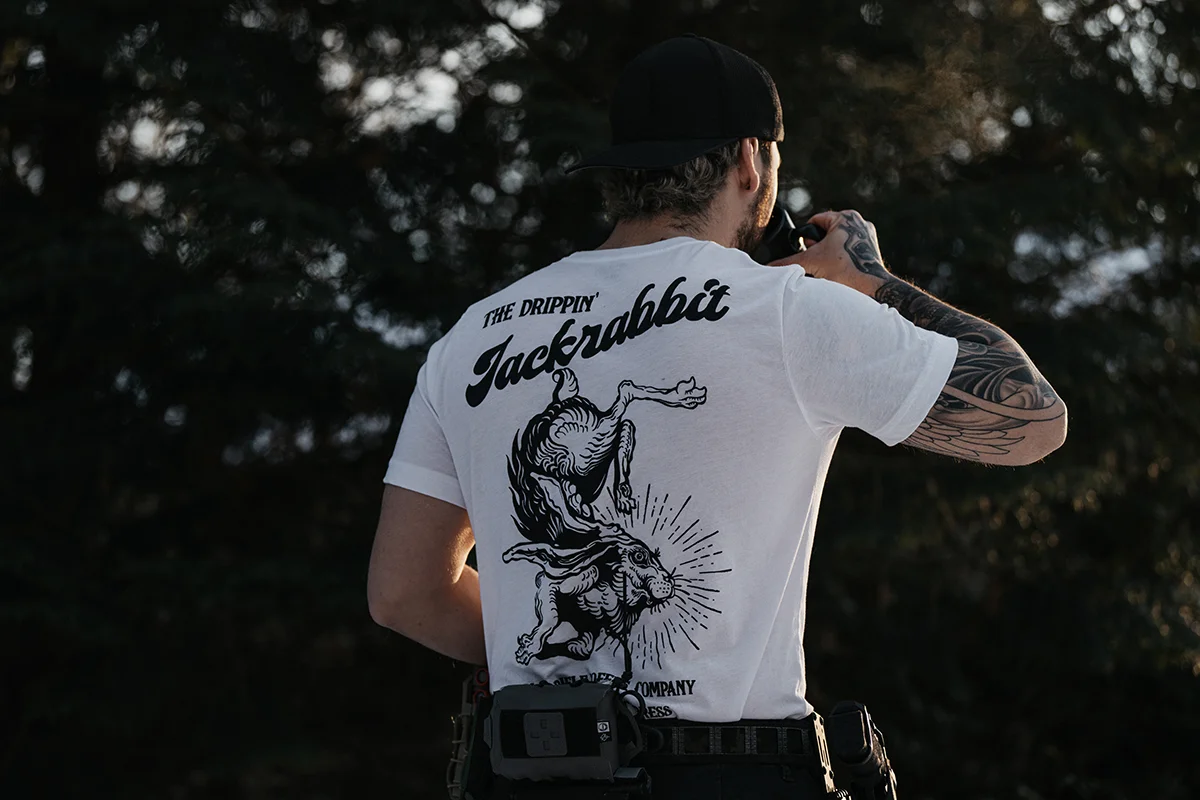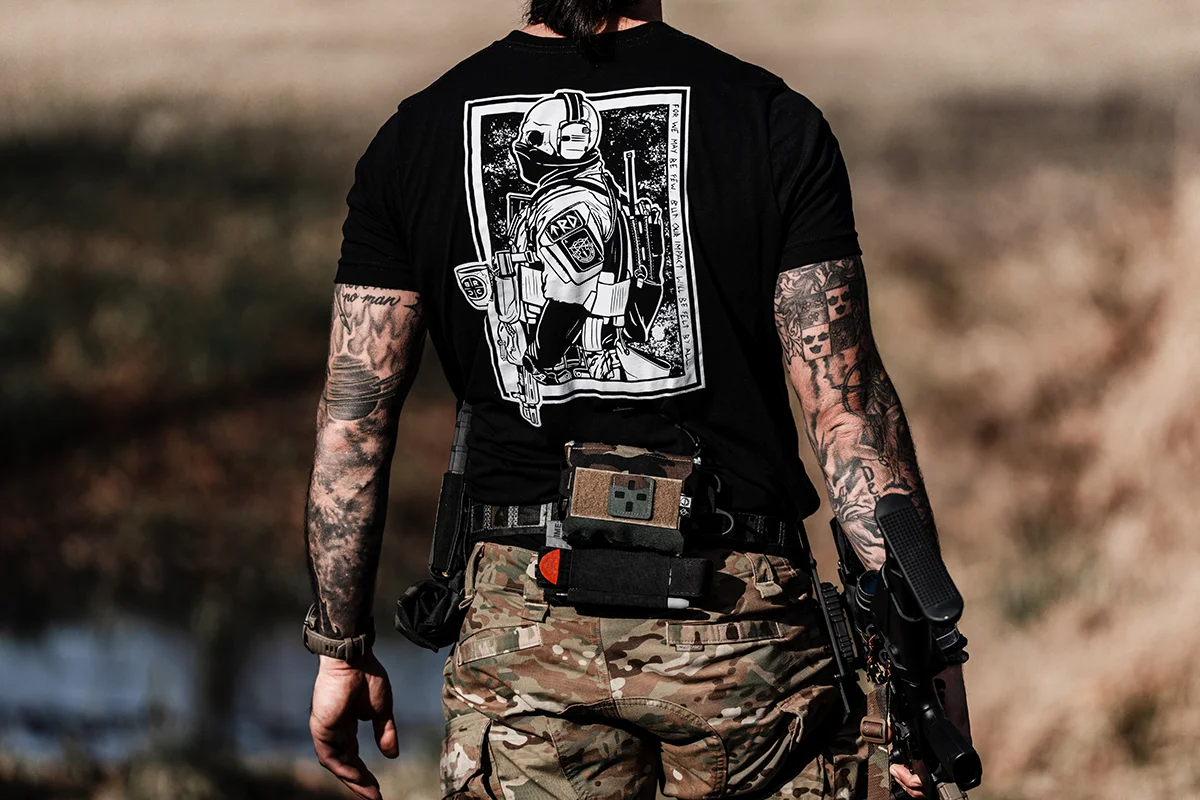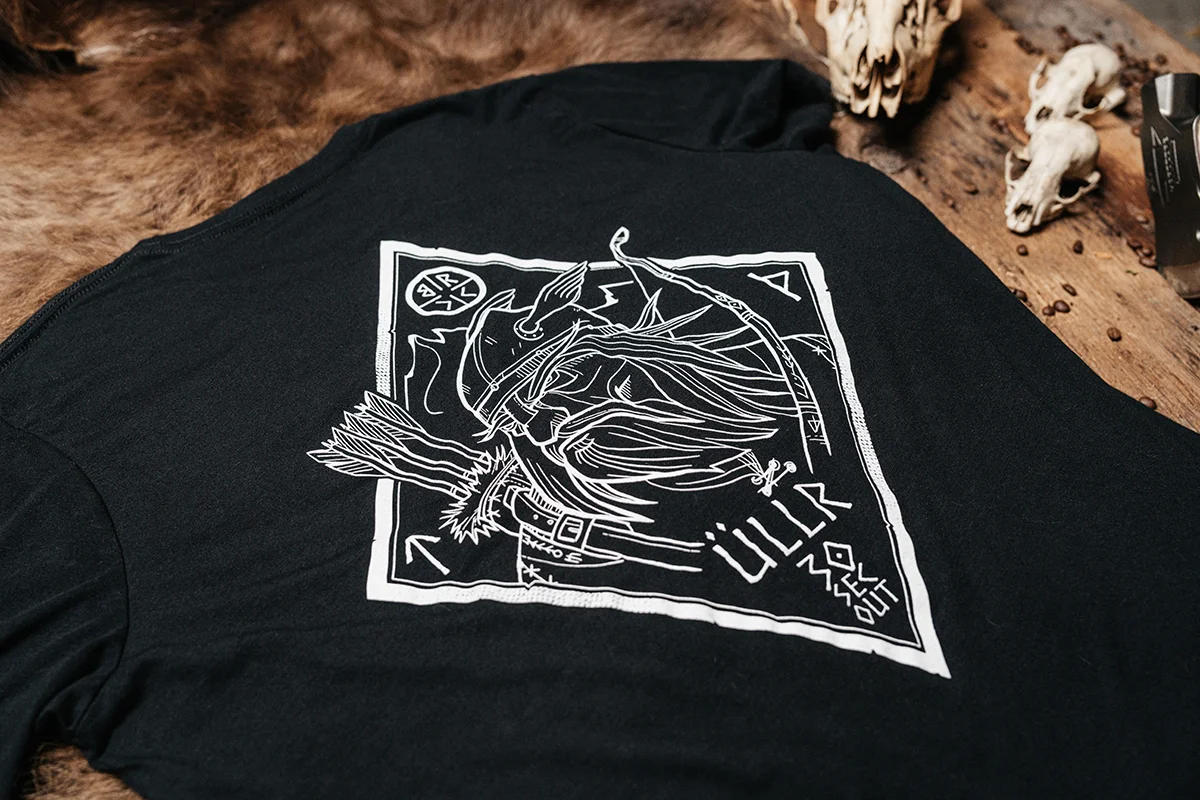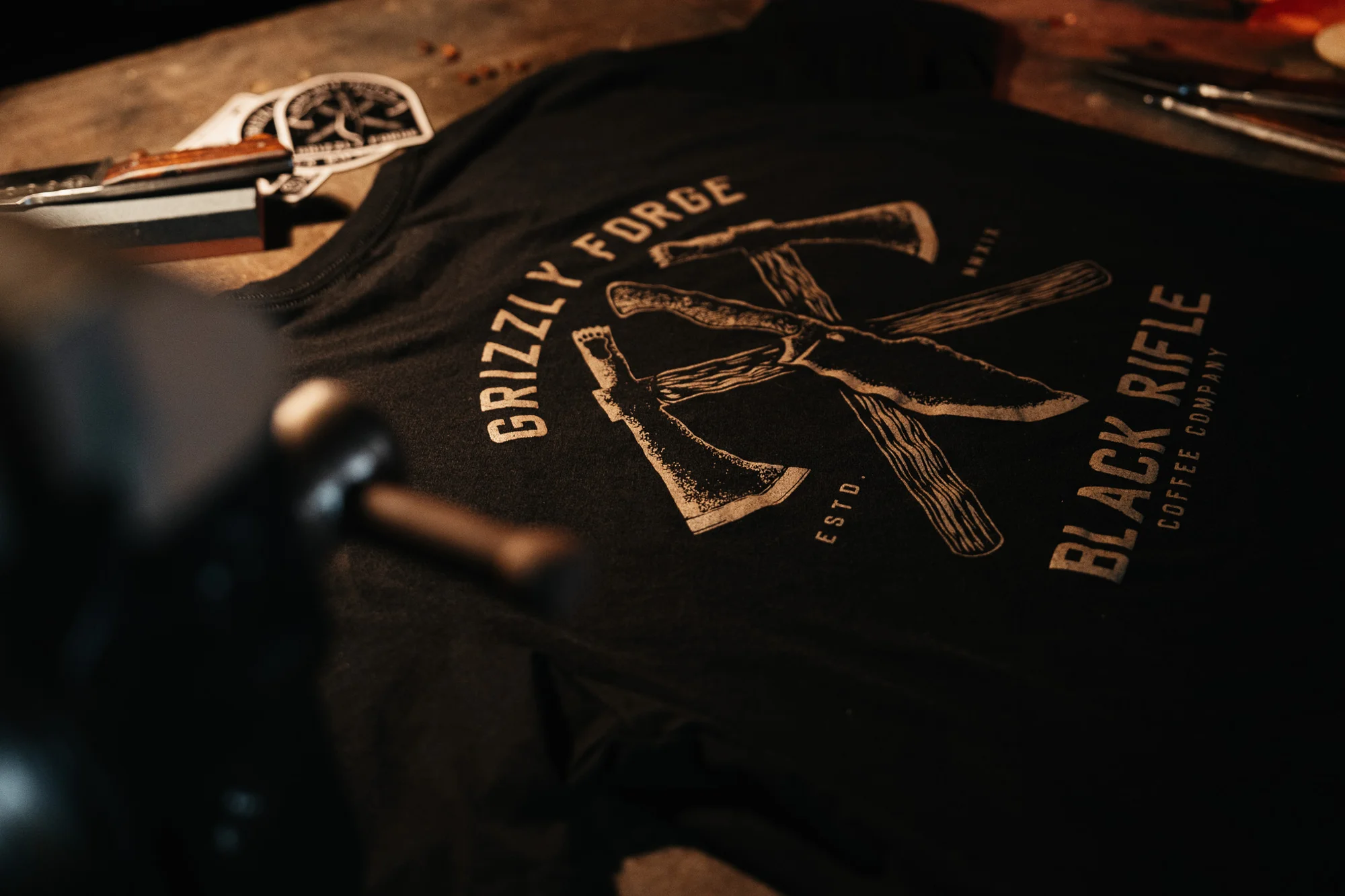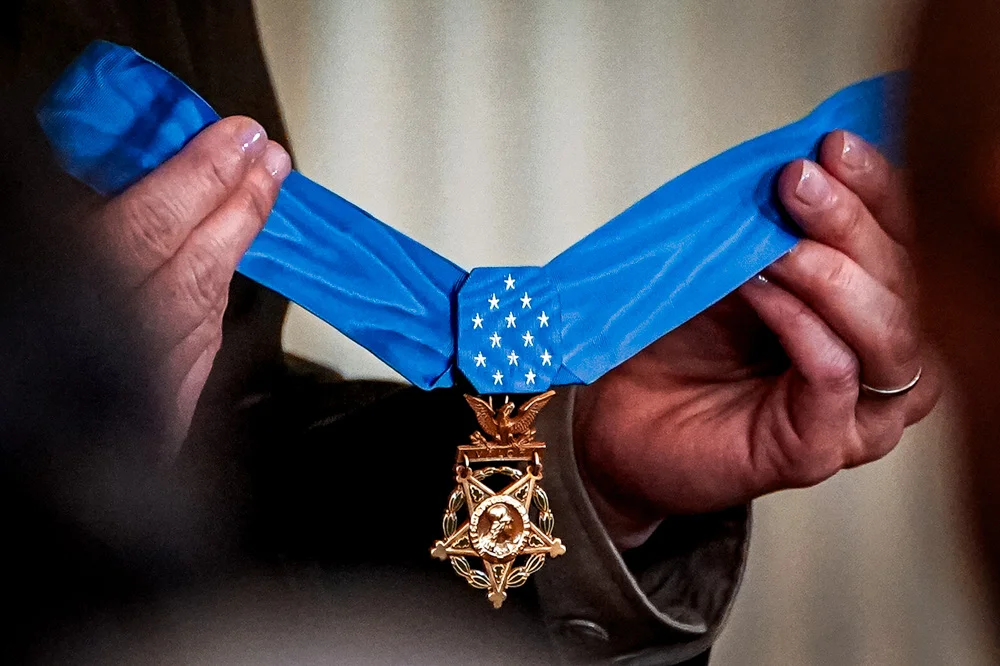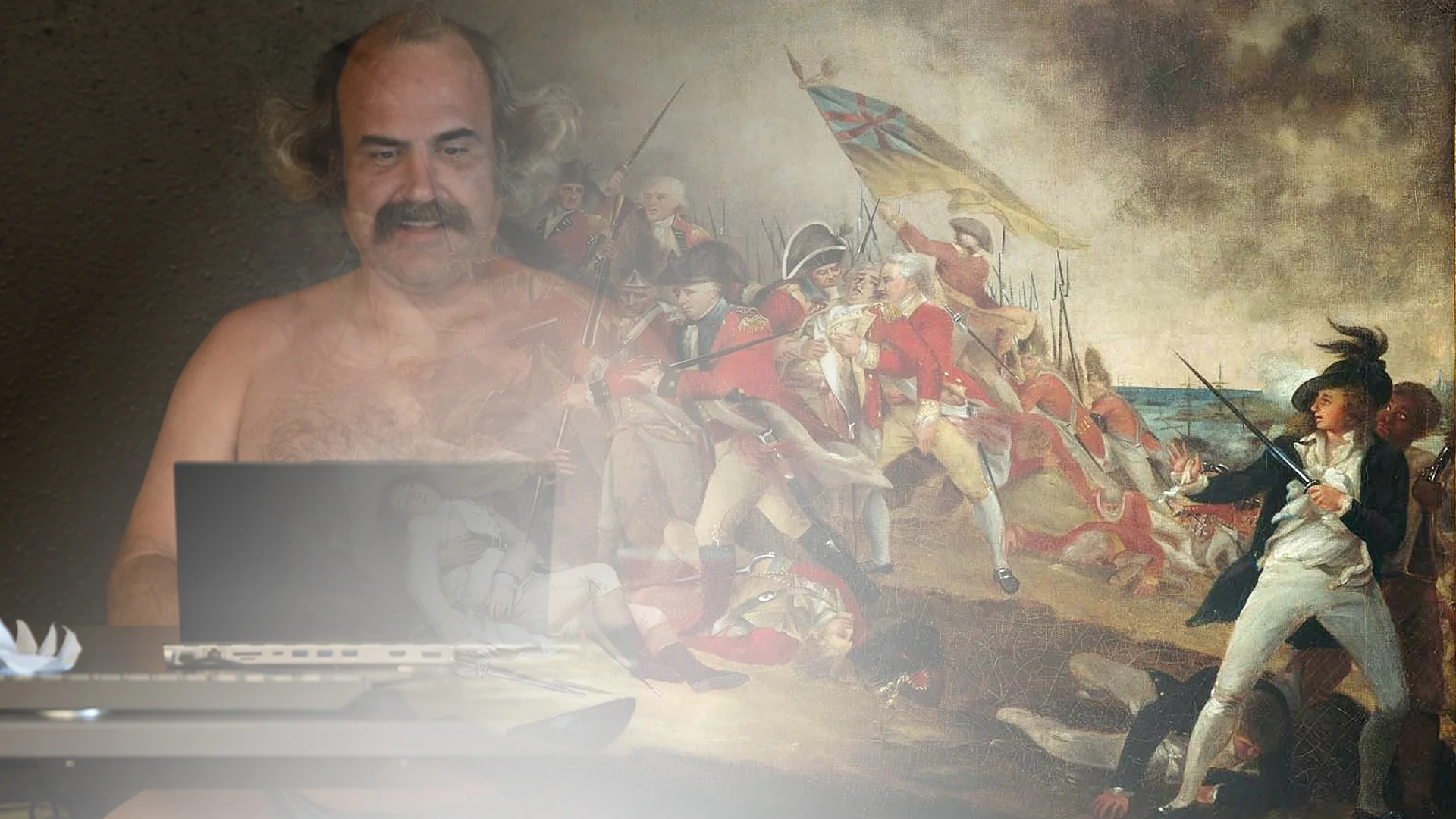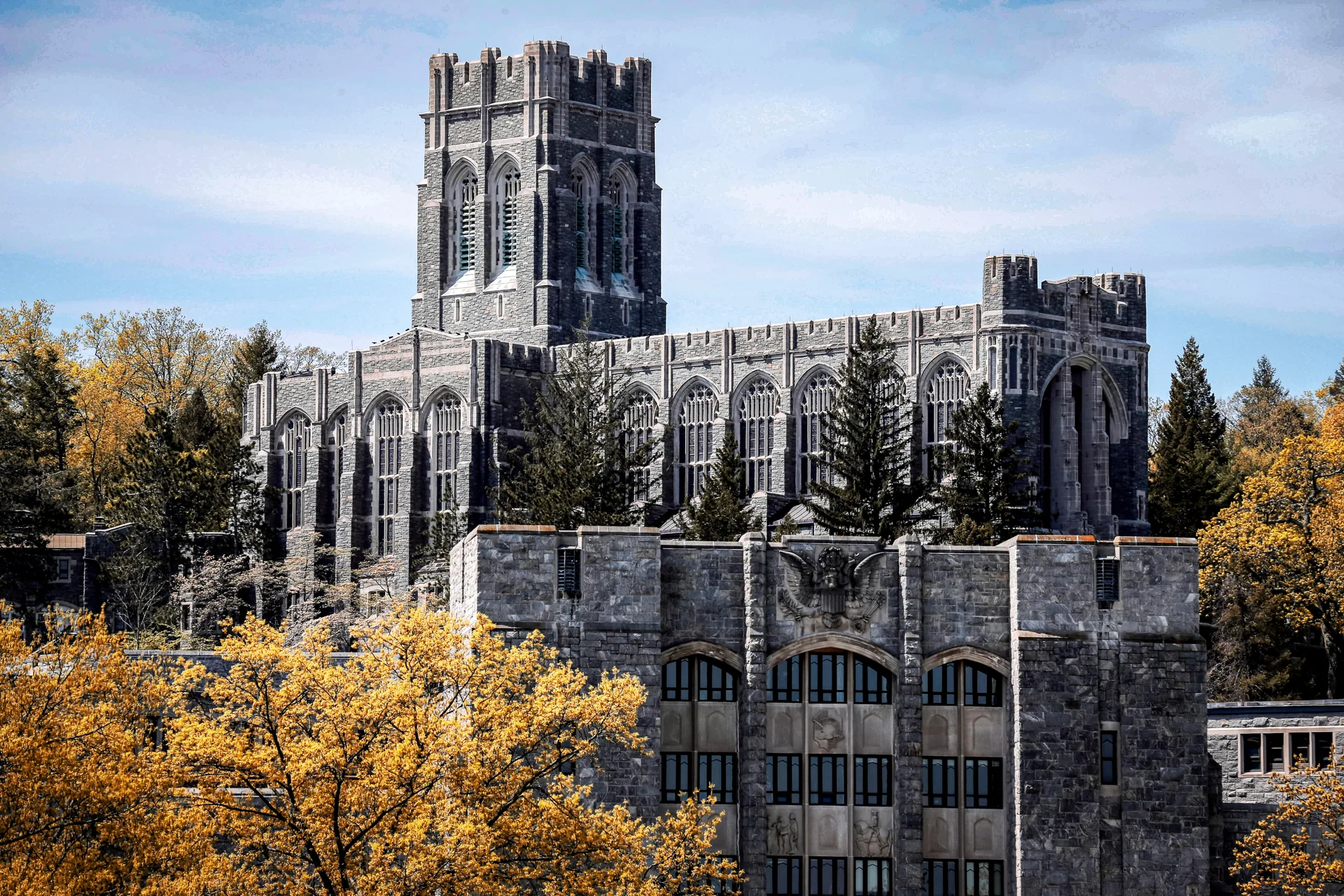That Time the Japanese Launched Kaiten Suicide Torpedoes To Try To Win World War II
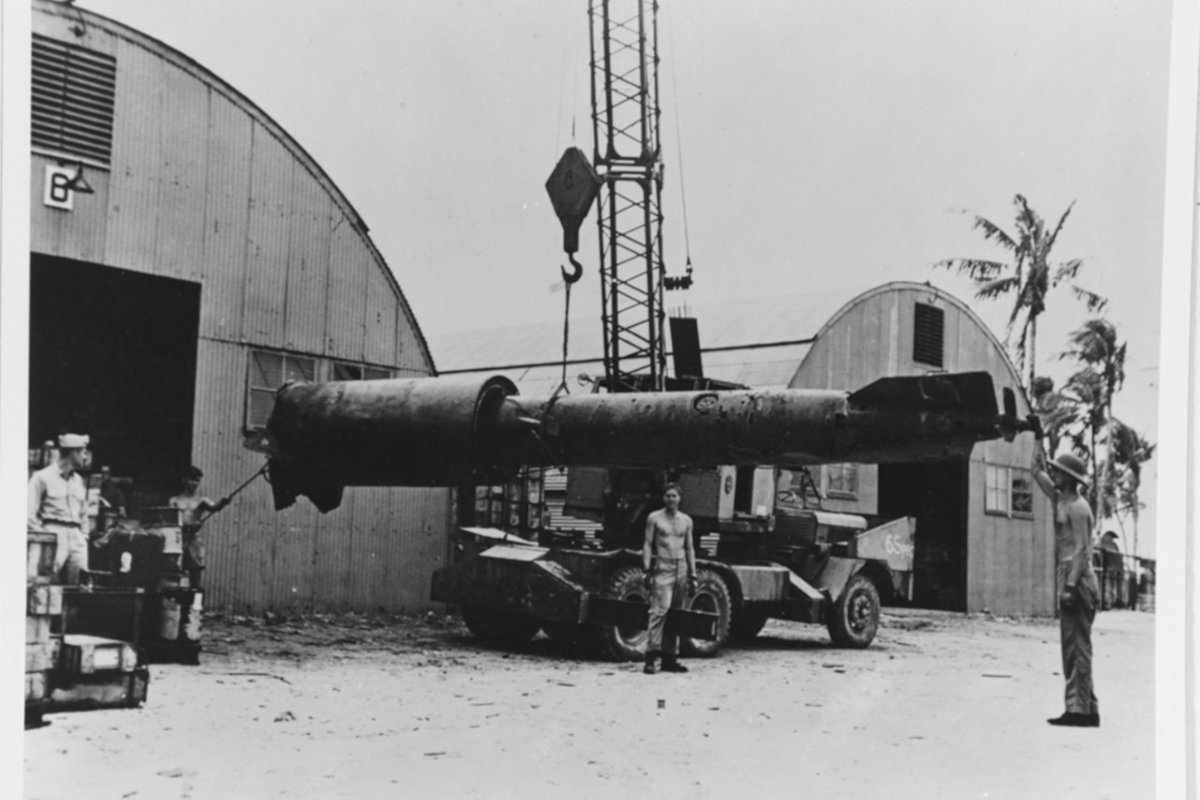
The remains of a Kaiten suicide torpedo recovered by US forces at Ulithi Atoll in 1945. The forward portion — including the warhead, forward oxygen, fuel tanks, and crew compartment — is missing and may have been destroyed in an explosion of the warhead. Photo courtesy of the US Naval History and Heritage Command.
A deafening explosion echoed across the Ulithi Atoll in the West Caroline Islands around 5:45 a.m. Nov. 20, 1944. The USS Mississinewa oil tanker anchored in the entrance of the Ulithi lagoon — the site of the massive refueling base for more than 200 US Navy vessels waging war against the Japanese in the South Pacific — took a direct hit from the Imperial Japanese Navy’s new top-secret weapon.
Developed in the later stages of World War II, Kaiten suicide torpedoes acted as the seaborne version of the feared kamikaze pilots who had attacked Pearl Harbor only three years earlier. The IJN believed these Kaiten suicide torpedoes and their pilots could radically shift the momentum of the war in the Pacific.
According to the Naval History and Heritage Command, the Type-1 Kaiten was an oxygen-fueled torpedo with a bigger warhead. The pilot had a compartment that included a small periscope, steering controls, and remote control means to arm and detonate the weapon. The vessel also had batteries and an air filter inside.
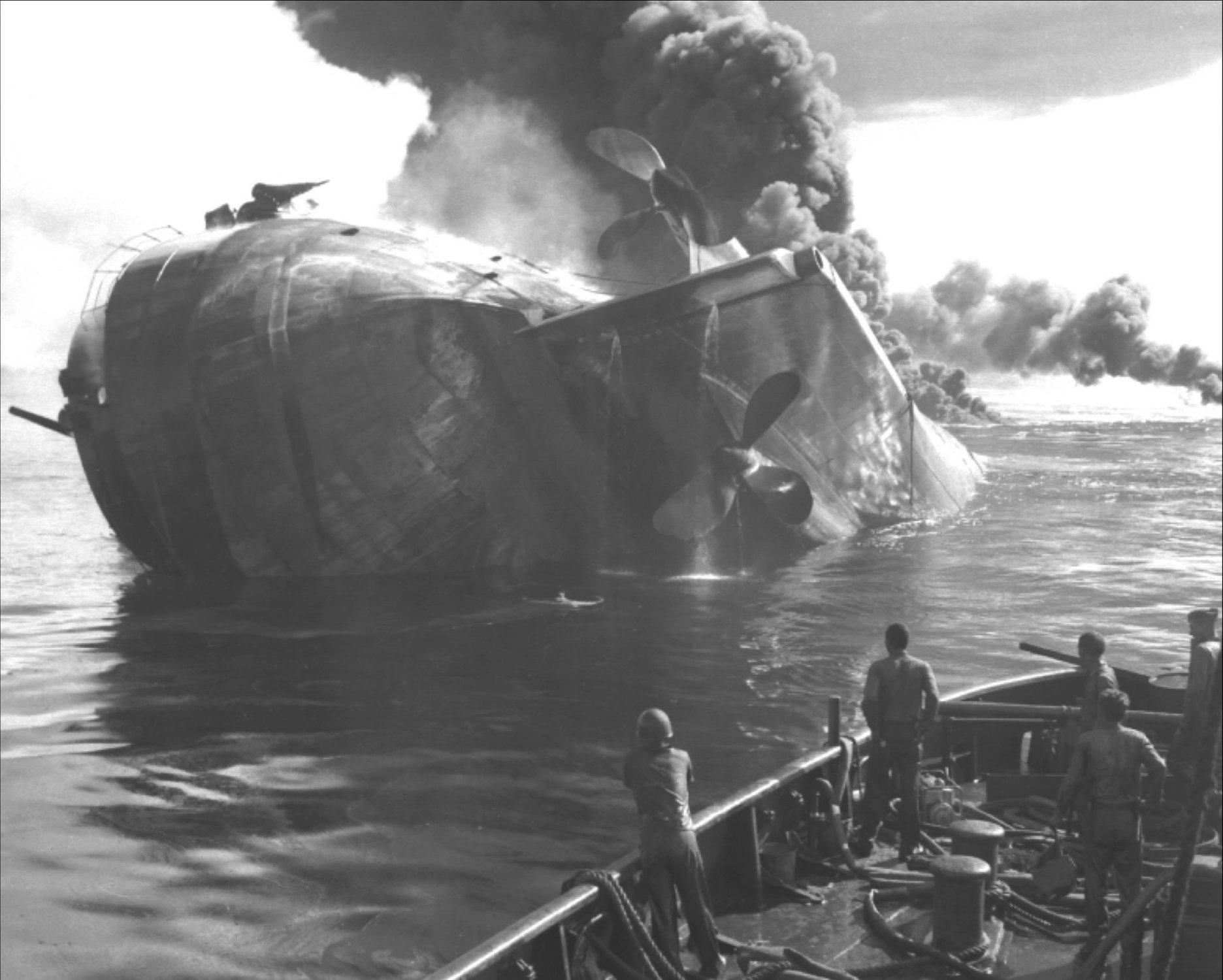
The Type-1 Kaiten packed a “3,420-pound warhead, a speed of 12 knots cruising and 30 knots maximum, a maximum range of 42 nautical miles, and a maximum operating depth of 250 feet,” according to the NHCC.
On that November morning, Lt. j.g. Sekio Nishina, piloting the Kaiten torpedo he helped invent, launched from a mothership submarine and is believed to have crashed into the Mississinewa. He was carrying the ashes of his co-inventor Hiroshi Kuroki, who had died in a training accident.
The spectacular detonation of the more than 3,000-pound warhead punched a massive hole in the Mississinewa’s starboard side. Another explosion followed seconds later after fumes from an aviation gas tank ignited.
Nearby ships raced to the scene. Simon “Sid” Harris, a sailor aboard the USS Munsee auxiliary fleet tug boat, grabbed his camera and soon took 37 dramatic photographs of the heroic effort to save the Mississinewa’s crew.
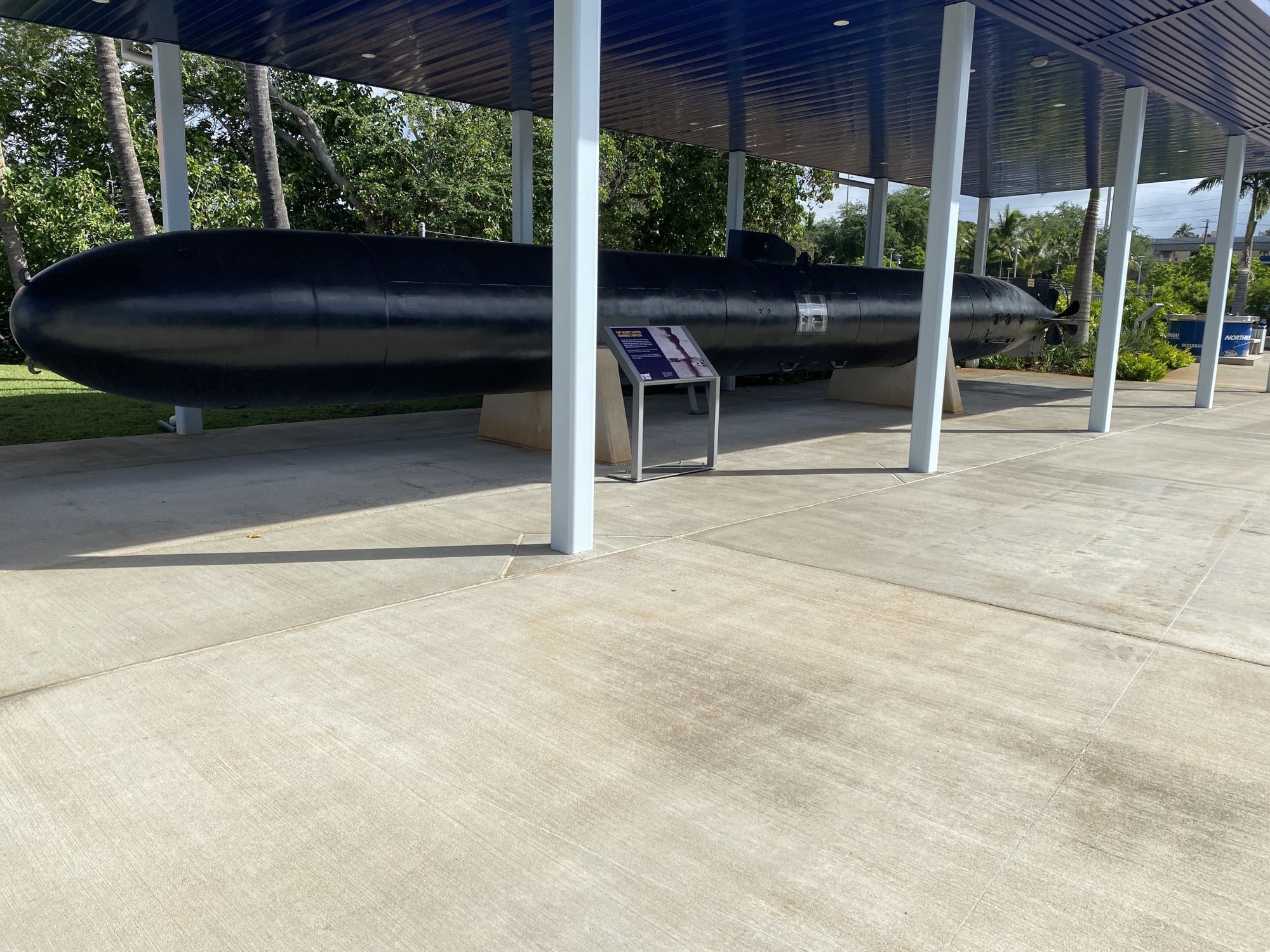
His images captured the scene as it unfolded. Thick black smoke and flames engulfed the tanker. The Munsee delivered three firefighting teams as a boarding party to help knock down the fire. The Mississinewa rolled over on its side at 8:15 a.m., only a few hours after the suicide attack, claiming the lives of 63 sailors.
The IJN conducted 10 major Kaiten operations throughout the rest of the war. A Kaiten successfully sunk the destroyer escort USS Underhill in July 1945, killing 113 members of her crew. The only other American ship sunk by a Kaiten was the infantry landing craft LCI-600. Three men died. Kaiten attacks damaged several other ships.
Today, the USS Bowfin Submarine Park & Museum in Pearl Harbor, Hawaii, has a Type-4 Kaiten developed in 1945 on display. Between 45 and 50 Type-4 Kaitens were built but never used operationally. The Japanese torpedo program lost eight mothership Kaiten submarines and 900 submariners or support personnel. Although the Japanese envisioned their tactic would change the result of World War II, they didn’t account for two nuclear weapons forcing their surrender.
Read Next:

Matt Fratus is a history staff writer for Coffee or Die. He prides himself on uncovering the most fascinating tales of history by sharing them through any means of engaging storytelling. He writes for his micro-blog @LateNightHistory on Instagram, where he shares the story behind the image. He is also the host of the Late Night History podcast. When not writing about history, Matt enjoys volunteering for One More Wave and rooting for Boston sports teams.
BRCC and Bad Moon Print Press team up for an exclusive, limited-edition T-shirt design!
BRCC partners with Team Room Design for an exclusive T-shirt release!
Thirty Seconds Out has partnered with BRCC for an exclusive shirt design invoking the God of Winter.
Lucas O'Hara of Grizzly Forge has teamed up with BRCC for a badass, exclusive Shirt Club T-shirt design featuring his most popular knife and tiomahawk.
Coffee or Die sits down with one of the graphic designers behind Black Rifle Coffee's signature look and vibe.
Biden will award the Medal of Honor to a Vietnam War Army helicopter pilot who risked his life to save a reconnaissance team from almost certain death.
Ever wonder how much Jack Mandaville would f*ck sh*t up if he went back in time? The American Revolution didn't even see him coming.
A nearly 200-year-old West Point time capsule that at first appeared to yield little more than dust contains hidden treasure, the US Military Academy said.

